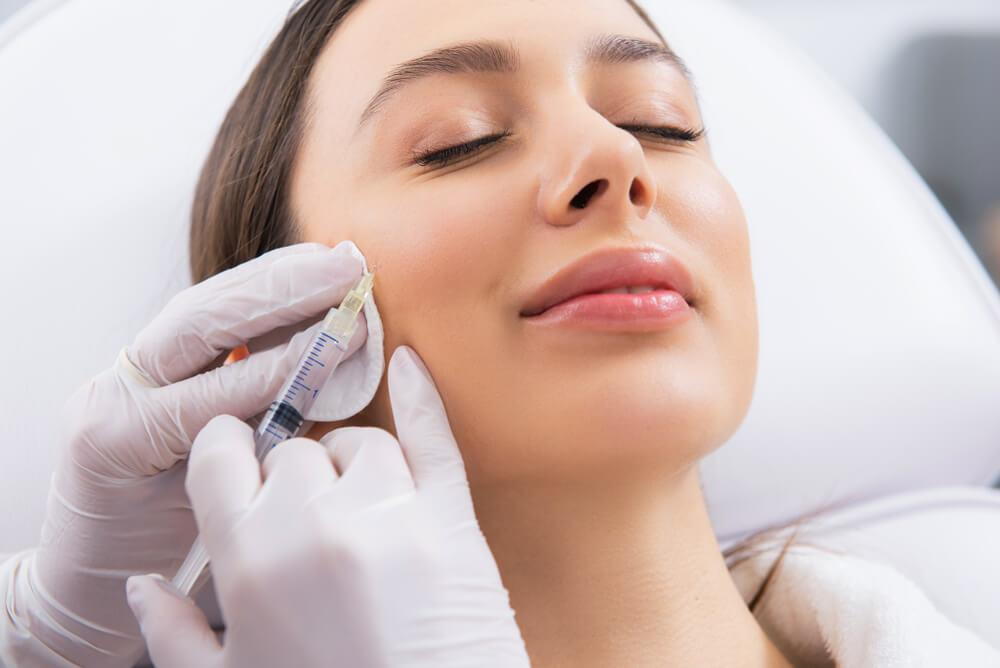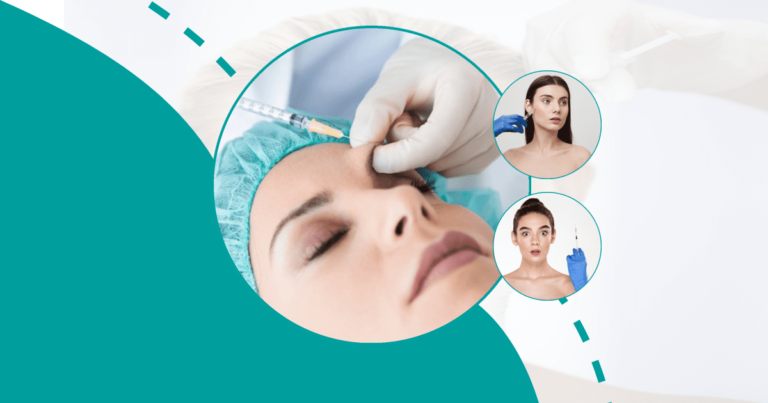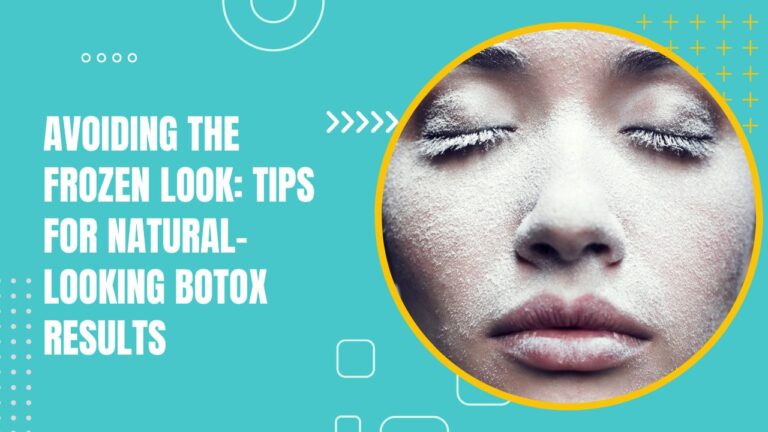Introduction
Temporomandibular Joint (TMJ) disorders can cause significant discomfort and impact daily life. Botox, a treatment more commonly associated with cosmetic procedures, has emerged as a potential solution for those suffering from TMJ disorders. In this article, we’ll explore how Botox can help alleviate the symptoms of TMJ.
How Does Botox Help TMJ?
Explanation of TMJ and its Symptoms
TMJ disorders affect the joint that connects the jawbone to the skull, leading to pain, difficulty chewing, and a clicking or locking jaw. Symptoms can be debilitating and include:
- Jaw pain and tenderness
- Headaches and earaches
- Difficulty opening the mouth wide
The Mechanism of Botox in Relieving TMJ Disorders
Botox works by blocking nerve signals that cause muscle contractions. When injected into the jaw muscles, it can reduce the tension and spasms that contribute to TMJ pain.
- Reduces muscle contractions
- Alleviates tension and spasms
- Provides targeted relief
Understanding Botox and TMJ Pain Relief
How Botox Targets TMJ Pain
Botox specifically targets the muscles involved in jaw movement, offering relief from the chronic pain associated with TMJ disorders.
Book A Consultation With Dr Tarek Bayazid
Top-rated Plastic Surgeon For Botox in Dubai
Installment Plan Available
The Process of Botox Injections for TMJ
The procedure involves:
- A consultation to determine suitability
- Targeted injections into the jaw muscles
- Minimal discomfort and quick recovery time
Botox Injection Process for TMJ
| Step | Description |
| Consultation | Evaluation of TMJ condition |
| Injection Sites | Strategic placement for maximum relief |
| Follow-Up | Monitoring progress and adjusting as needed |
The Efficacy of Botox for TMJ Disorders
Clinical Studies and Results
Research has shown that Botox can significantly reduce pain and improve the quality of life for TMJ sufferers.
Patient Testimonials and Outcomes
Many patients report:
- Decreased pain and discomfort
- Increased ability to perform daily activities
- Overall satisfaction with the treatment
Botox Treatment Procedure for TMJ
What to Expect During a Botox Session
During a session with Dr. Tarek, patients can expect:
- A thorough examination
- Discussion of treatment goals
- A quick and precise injection process
Aftercare and Follow-up
Post-treatment care includes:
- Avoiding rubbing the injection site
- Following specific aftercare instructions
- Scheduling follow-up appointments
Benefits of Botox for TMJ Dysfunction
Reduction in Jaw Tension and Discomfort
Patients often experience:
- Lessened jaw tension
- Reduced frequency of headaches
- Improved comfort during daily activities
Improvement in Jaw Function and Mobility
Benefits include:
- Enhanced ability to chew and speak
- Increased range of motion in the jaw
- Better overall jaw function
Dosage and Administration of Botox for TMJ
How Much Botox is Typically Needed
The dosage varies based on:
- The severity of symptoms
- Individual muscle strength
- The patient’s response to the treatment
Where Botox is Injected for TMJ Relief
| Injection Sites | Purpose |
| Jaw Muscles | Reduce muscle tension |
| Temporomandibular Joint | Target specific TMJ areas |
Side Effects and Considerations
Potential Side Effects of Botox for TMJ
While generally safe, some patients may experience:
- Temporary bruising or swelling
- Mild discomfort at the injection site
- Rarely, muscle weakness or asymmetry
Who Should Avoid Botox Treatment
Botox may not be suitable for:
- Those with neuromuscular disorders
- Pregnant or breastfeeding women
- Individuals with certain allergies
Cost and Insurance Coverage for Botox TMJ Treatment
Average Cost of Botox for TMJ
Costs can vary widely and may depend on:
- Geographic location
- The number of units used
- The provider’s experience
Insurance Considerations and Out-of-Pocket Expenses
Insurance coverage for Botox TMJ treatment is not guaranteed and often requires:
- Prior authorization
- Evidence of medical necessity
- Possible out-of-pocket costs
Comparing Botox to Other TMJ Treatment Options
Alternative Therapies for TMJ Disorders
Other treatments include:
- Oral splints or mouthguards
- Physical therapy
- Medications and lifestyle changes
Pros and Cons of Botox Versus Other Treatments
Botox offers:
- Quick relief
- Minimal invasiveness
- Potential for fewer side effects compared to surgery
Long-Term Outlook for TMJ Patients Using Botox
Duration of Botox Effects for TMJ
The effects of Botox typically last:
- 3 to 6 months
- Varying based on individual response
- Requiring periodic retreatment
Maintenance and Long-Term Care
Long-term management may involve:
- Regular Botox sessions
- Combination with other therapies
- Ongoing assessment of treatment effectiveness
Conclusion
Botox has proven to be a valuable treatment option for TMJ disorders, offering relief from pain and improved jaw function. It is important for patients to consult with a qualified professional like Dr. Tarek to determine the best course of action for their specific needs.
FAQs: How Does Botox Help TMJ?
How long does the effect of Botox last for TMJ?
The effects of Botox for TMJ typically last between 3 to 6 months, though individual results may vary.
Where do you inject Botox for TMJ?
Botox is commonly injected into the masseter, temporalis, and sometimes the lateral pterygoid muscles for TMJ relief.
How much does Botox for TMJ cost with Dr. Tarek?
The cost of Botox for TMJ with Dr. Tarek will depend on various factors, including the number of units required.
Can Botox for TMJ change the shape of my face?
Botox for TMJ may result in subtle changes to the jawline due to muscle relaxation but typically does not significantly alter facial shape.
Is Botox for TMJ covered by insurance?
Coverage for Botox TMJ treatment varies by insurance plan and typically requires documentation of medical necessity.







